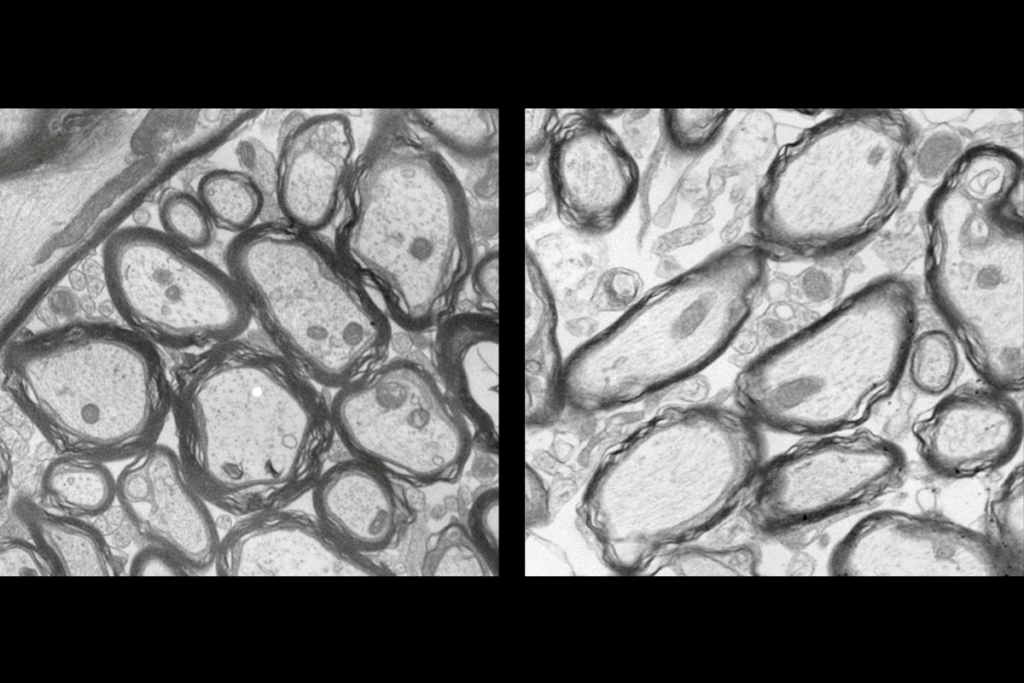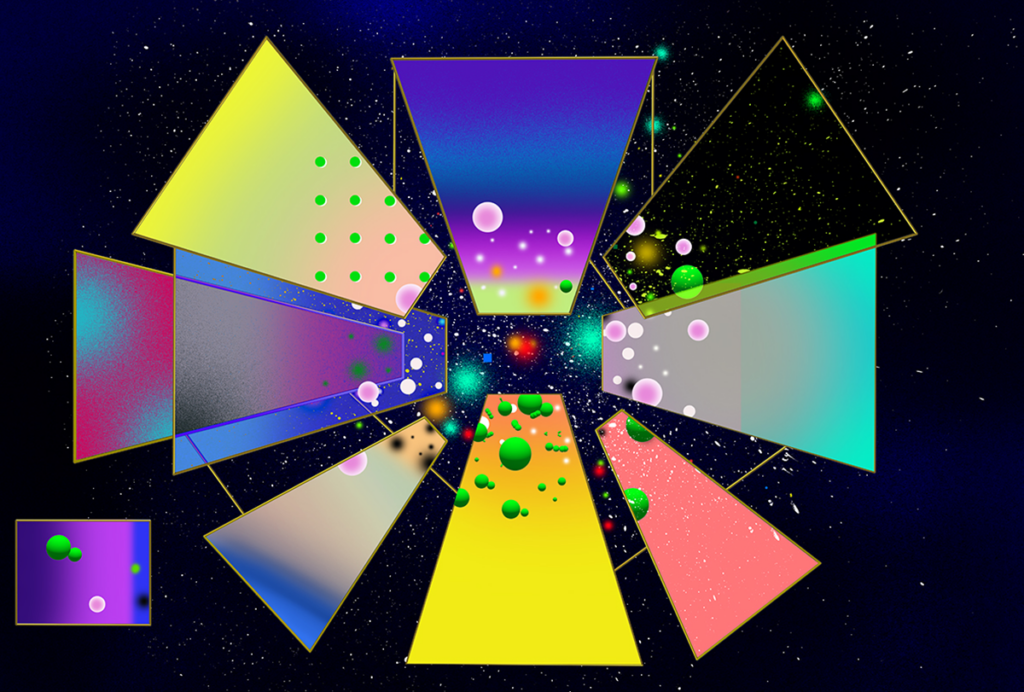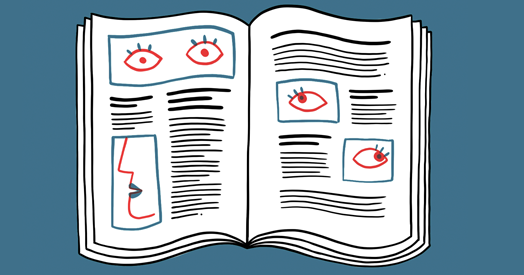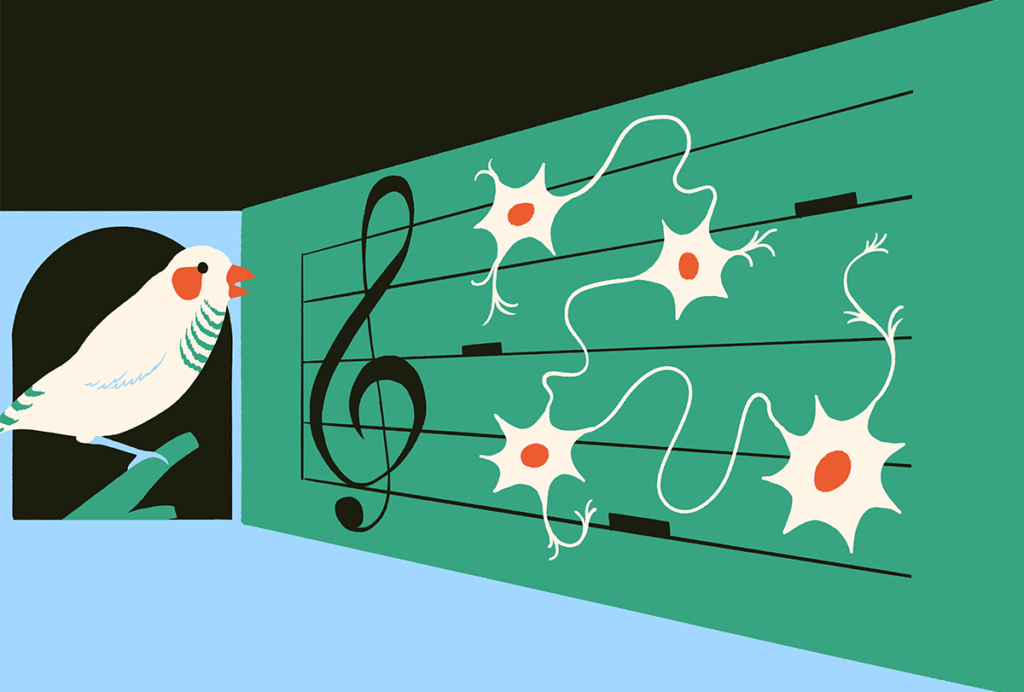‘Maturation index’ predicts neurons’ developmental age
Researchers have developed an index that can predict the age of developing interneurons, which inhibit signals in the brain, according to a study published 24 August in PLoS One. They then used this measurement to show that interneurons are immature in autism brains.
Researchers have developed an index that can predict the age of developing interneurons, which inhibit signals in the brain, according to a study published 24 August in PLoS One1. They used this measurement to show that interneurons in autism brains are immature.
Fast-spiking interneurons (FS cells) dampen brain signals and help organize brain connections. Several studies have proposed that the brains of people with autism have dysfunctional interneurons, shifting the signaling balance in favor of excitation.
In support of this theory, levels of parvalbumin — a molecule expressed by FS cells — are lower in the brains of nine autism mouse models and of individuals with schizophrenia than in control brains2,3.
FS cells change throughout development. For example, they express increasing amounts of parvalbumin as the cells mature. In the new study, researchers computed an indexof this maturation, using gene expression data from mouse brains.
As FS cells develop, they up the expression of 1,023 genes and lower that of 1,100. The researchers defined the ‘maturation index’ as the average expression level of genes in the first set divided by that of the second set. This calculation does not include parvalbumin expression levels, allowing the researchers to use it as a standard. They then calculated the maturation index for FS cells at five-day intervals, for 5- to 40-day-old mice.
The maturation index increases linearly with age, the study found. It also increases consistently with parvalbumin levels, which are a marker of FS cell maturity, confirming that a higher index means more maturity.
The researchers also calculated the maturation index for FS cells in the prefrontal cortex of 44 human brains, ranging from fetal age to 50 years. A higher maturation index predicts both an older brain and higher parvalbumin levels, the study found.
The maturation index also rises with age for brain tissue from individuals with autism, bipolar disorder or schizophrenia. However, the overall index for brain tissue from individuals with each of these disorders is lower than that for controls. This suggests that poor development of FS cells could underlie neurological symptoms in these disorders, the researchers say.
Brains from individuals with autism, schizophrenia or bipolar disorder share abnormal expression of 137 genes. Of these, 95 are expressed in an opposite direction than in controls — for example, higher expression with age instead of lower. This supports the theory that the three disorders share a common underlying neurological deficit, the researchers say.
References:
1: Gandal M.J. et al. PLoS One 7, e41215 (2012) PubMed
2: Gogolla N. et al. J. Neurodev. Disord. 1, 172-181 (2009) PubMed
3: Hashimoto T. et al. J. Neurosci. 23, 6315-6326 (2003) PubMed
Recommended reading

Prosocial effects of oxytocin are state dependent; and more

Contested paper on vaccines, autism in rats retracted by journal
Explore more from The Transmitter
Chris Rozell explains how brain stimulation and AI are helping to treat mental disorders


